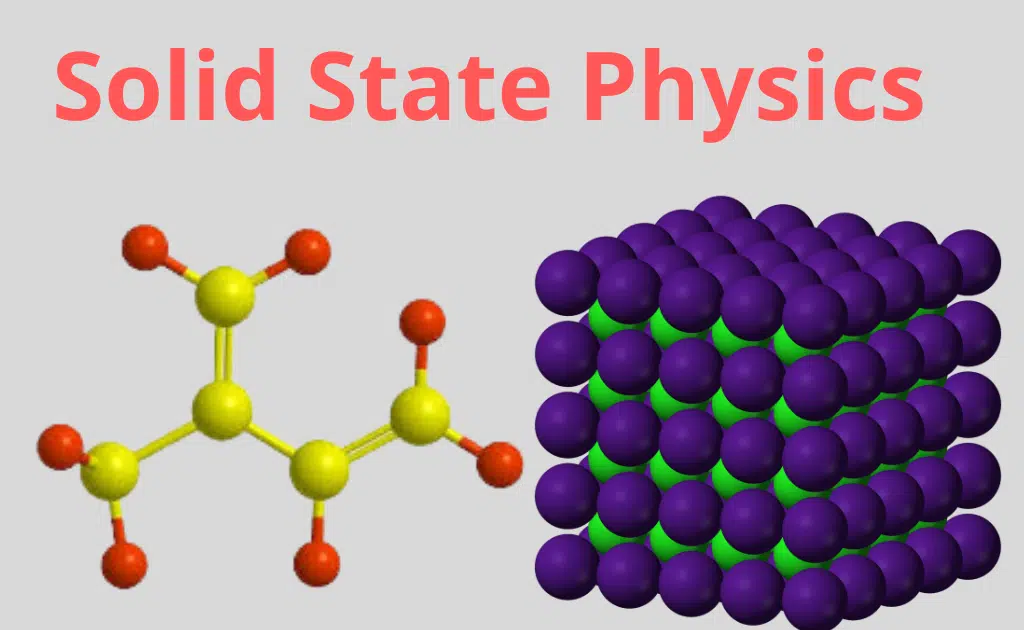What is Thermal Expansion?-Definition, Types, Application
Thermal expansion occurs when a substance expands due to temperature changes. When water freezes, it expands. When water boils, it contracts. Thermal expansion is a natural occurrence in many substances. Water is a good example of thermal expansion.
What is thermal expansion?
Thermal Expansion is the amount of change in length per degree Fahrenheit. In terms of temperature, this means how much a material expands or shrinks when heated or cooled. So, if you were to take a piece of copper wire and put it in boiling water, it would expand significantly. If you then took the same piece of copper wire and placed it in ice-cold water, it would contract.
Thermal Expansion is measured in microns per degree Celsius. Copper is a good example of a metal that exhibits significant changes in its size based on the temperature at which it is exposed. Copper’s thermal expansion coefficient is about 39 microinches per degree Celsius.
Coefficient of thermal expansion
The size of an object changes with a change in temperature, according to the coefficient of thermal expansion. Specifically, it measures the fractional change in size per degree change in temperature at constant pressure, such that lower coefficients describe a lower propensity for change in size.
The types of coefficients that have been developed include volumetric, area, and linear. Depending on the application and the dimensions that are considered important, the choice of the coefficient can be made. One might only be concerned with the change along a length or over an area for solids.
What is the cause of Thermal Expansion?
Temperature causes the material to expand, so the temperature is the main cause of thermal expansion. A change in temperature causes the molecules of the material to move and this movement is known as thermal expansion.
Types of thermal Expansion
There are three different types of thermal expansion.
- Linear expansion
- Area expansion
- Volume expansion
Linear expansion
As opposed to volumetric expansion, linear expansion means a change in one dimension. The coefficients of linear thermal expansion are related to the change in length measurements of an object. It’s the change in length per degree of temperature change. Assuming little effect of pressure, we may write.

L = expanded length
α = length expansion coefficient
ΔT = temperature difference
ΔL = change in length
Area expansion
The thermal expansion coefficients relate the change in a material’s area dimensions to the change in temperature. The change in area per degree of temperature change is called the fractional change. Ignoring pressure is something we may write

ΔA = change in the area
αA = area expansion coefficient
ΔT = temperature difference
A0 = expanded area.
Volume expansion
The increase in the volume of the solid on heating is referred to as volume expansion.

V = expanded volume
αv = volume expansion coefficient
ΔT = temperature difference
ΔV = change in volume after expansion
Thermal Expansion Applications
When designing large structures, when using tape or chain to measure distances for land surveys, when designing molds for casting hot material, and in other engineering applications when large changes in dimensions due to temperature are expected, the expansion and contraction of materials must be In mechanical applications, thermal expansion is utilized to fit parts over one another.
A shrink fit can be achieved by making the inner diameter slightly smaller than the diameter of the shaft, then heating it until it fits over the shaft, and allowing it to cool after it has been pushed over the shaft.
Controlling Thermal Expansion
There need to be rubber spacers for metal-framed windows. rubber tires need to perform well over a range of temperatures, being passively heated or cooled by road surfaces and weather, and being actively heated by mechanical flexing and friction. The long straight lengths of metal hot water heating pipes are not appropriate.
Railway and bridge structures need expansion joints to keep the sun from hitting them. A gridiron pendulum uses an arrangement of different metals to maintain its temperature stable length. On a hot day, the power line is tight, but on a cold day, it is loose. It’s because the metals expand under heat. The thermal expansion in the piping system is absorbed by the expansion joints.







Leave a Reply